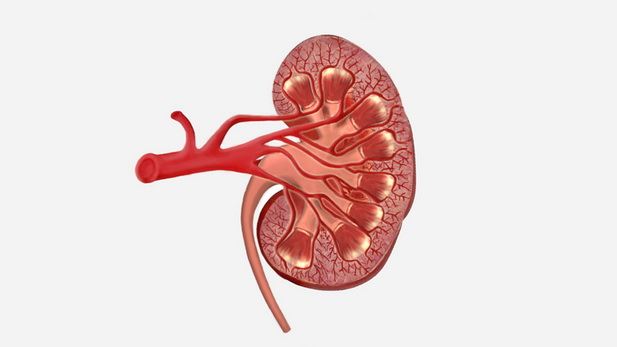

Library > Radiography > Radiography Procedures > Radiography of the Urinary and Reproductive Systems
Try Simtics for free
Start my free trialRadiography of the Urinary and Reproductive Systems

Materials Included:
-

-

-

-

-

Check our pricing plans here
Unlimited streaming.
X-ray is sometimes the first diagnostic procedure used to assess the urinary and reproductive systems, and may include studies such as cystography and hysterosalpingogram. This module teaches you how to prepare for, set up and perform radiography of the urinary and reproductive systems. Including both practice and test modes, the online simulator features two different procedure scenarios. This module offers students and practitioners the knowledge, cognitive skills and a safe practice environment to perform these procedures accurately in preparation for working in a clinical setting. This module is ideal if you are studying for the American Registry of Radiologic Technologists® (ARRT) registry exams.
You’ll learn
- to practice, perfect and test your skills in obtaining X-rays of the urinary and reproductive systems
- to better visualize and understand the anatomy of the urinary system and male and female reproductive systems with our 3D anatomical model
- to identify the indications and contraindications for performing intravenous urograms, retrograde pyelography, cystography, voiding cystourethrography and hysterosalpingograms
- how to differentiate the role of the radiologic technologist, radiologist and urologist in performing radiography of the urinary and reproductive systems
- how to manage an anaphylactic reaction
- much more (see “content details” for more specific information)
- Discuss the basic anatomy and physiology of the urinary system
- Discuss the basic anatomy and physiology of the male and female reproductive systems
- Discuss positioning criteria, projections, use of contrast media, and procedures utilized in radiography of the urinary system and reproductive systems
- Discuss the various pathological indications and contraindications
- Discuss the equipment and supply preparation
- Describe the management of anaphylactic reaction
- Analyze the radiographs for quality and proper positioning criteria
- Explain the Patient's Bill of Rights, HIPAA Privacy Rule, and Patient Safety Act (see reference)
The SIMTICS modules are all easy to use and web-based. This means they are available at any time as long as the learner has an internet connection. No special hardware or other equipment is required, other than a computer mouse for use in the simulations. Each of the SIMTICS modules covers one specific procedure or topic in detail. Each module contains:
- an online simulation (available in Learn and Test modes)
- descriptive text, which explains exactly how to perform that particular procedure including key terms and hyperlinks to references
- 2D images and a 3D model of applied anatomy for that particular topic
- a step by step video demonstration by an expert
- a quiz
- a personal logbook that keeps track of all the modules the learner has studied and how long
For more details on features and how your students can benefit from our unique system, click here.





